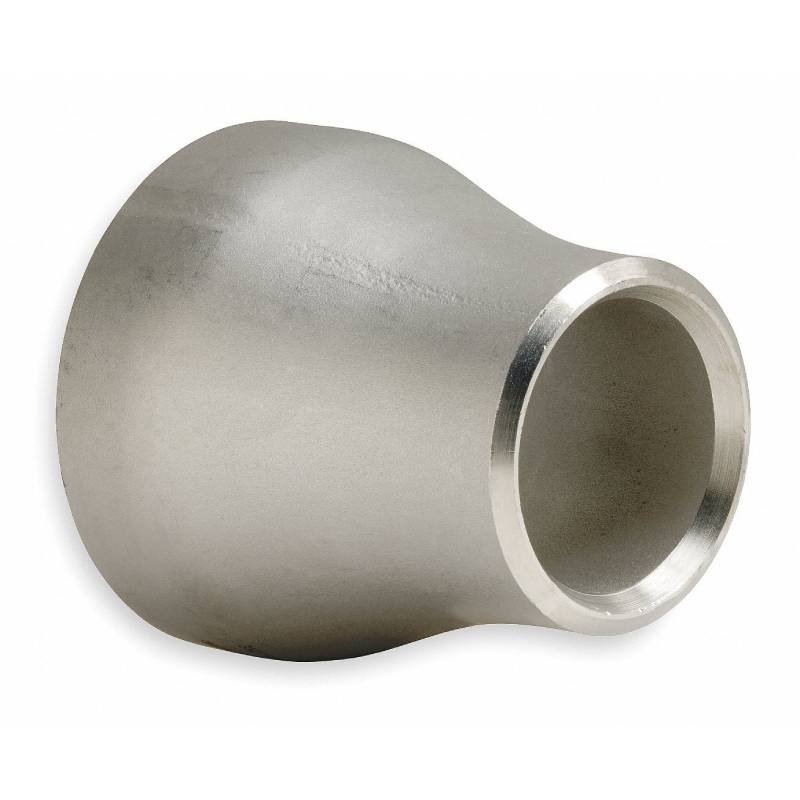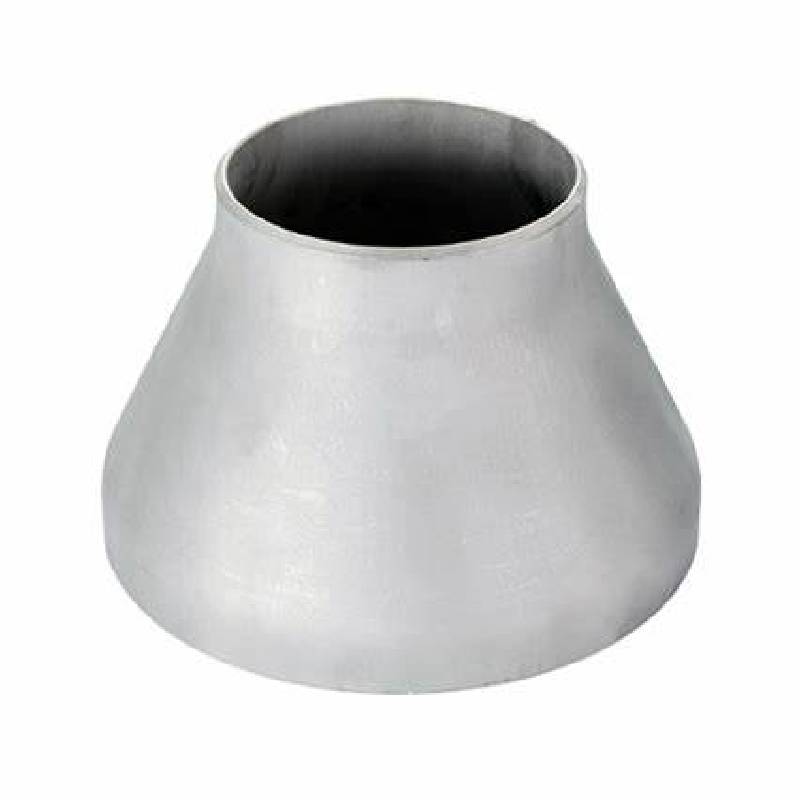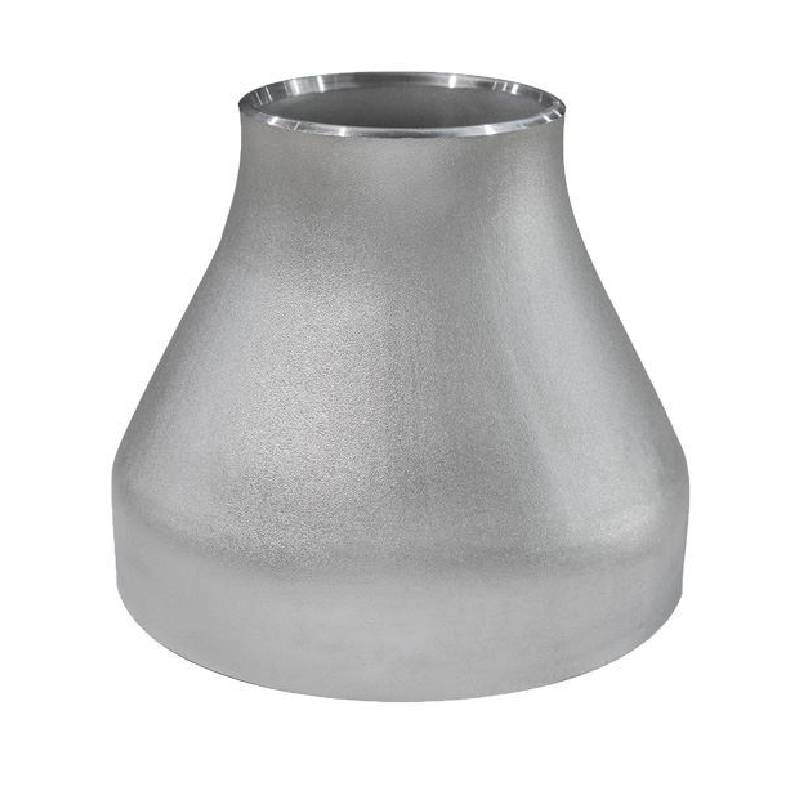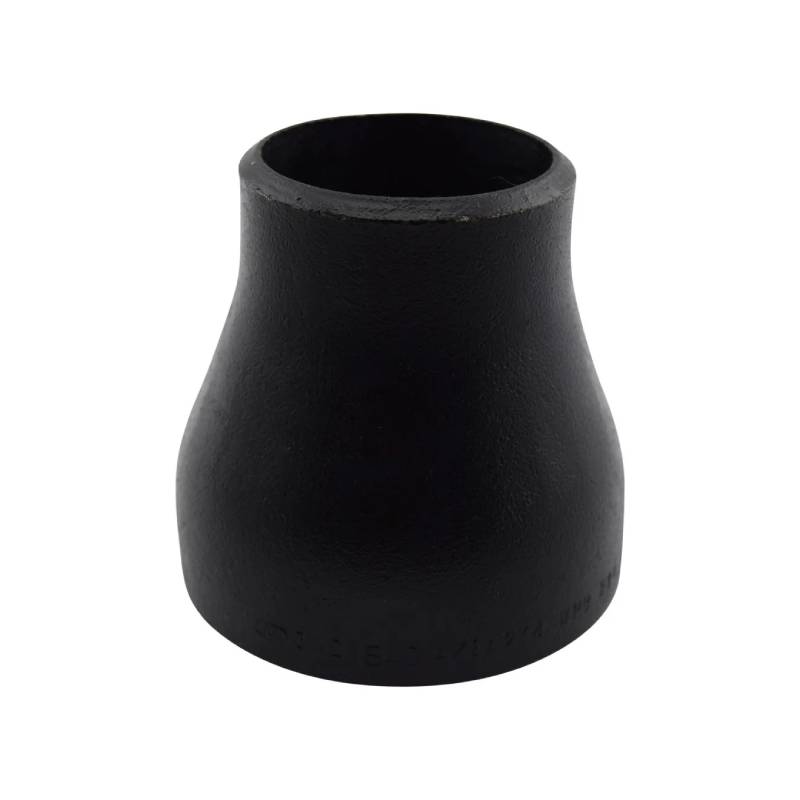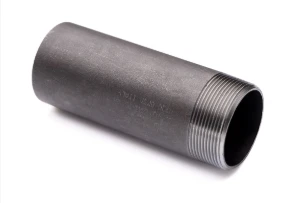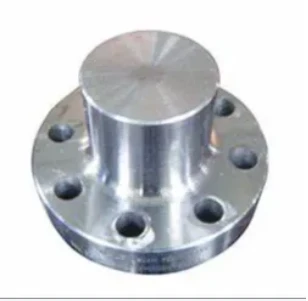-
Funktioner:
Den koncentriska reduktionsanordningen för stumsvetskopplingar DIN 2605-2617 förkroppsligar precisionsteknik och tillförlitlighet, noggrant utformad för att möta de rigorösa standarder som anges av DIN. Med fokus på kvalitetshantverk och krävande specifikationer säkerställer dessa beslag sömlös integrering i olika industriella applikationer, och erbjuder oöverträffad prestanda och hållbarhet.
-
Överensstämmelse med DIN-standarder: Vår koncentriska reduktionsanordning för stumsvetskopplingar uppfyller de stränga standarder som anges i DIN 2605-2617, vilket säkerställer konsistens och tillförlitlighet i prestanda.
-
Högkvalitativa material: Tillverkade av förstklassiga material som kolstål, rostfritt stål och legerat stål, dessa beslag skryta med exceptionell styrka, korrosionsbeständighet och hållbarhet, vilket gör dem lämpliga för ett brett spektrum av miljöer och applikationer.
-
Precisionstillverkning: Varje koncentrisk reducering genomgår exakta tillverkningsprocesser, inklusive varm- eller kallformning, för att möta strikta dimensionella toleranser och säkerställa en perfekt passform.
-
Sömlös svetsdesign: Stumsvetsdesignen underlättar sömlös integrering i rörledningssystem, vilket främjar läckagefria anslutningar och optimerat vätskeflöde.
-
Mångsidighet: Lämpliga för olika industrier, inklusive kemisk bearbetning, olja och gas, läkemedel och mer, erbjuder dessa beslag mångsidighet för att möta olika operativa krav.
-
Förbättrad hållbarhet: Våra armaturer är noggrant testade för hållbarhet och tillförlitlighet och är konstruerade för att motstå höga tryck och temperaturer, vilket säkerställer långsiktig drifteffektivitet.
-
Enkel installation: Dessa koncentriska reducerare är konstruerade för enkel installation och effektiviserar monteringsprocessen, vilket minskar stilleståndstiden och arbetskostnaderna.
DIN 2605-2617 Butt-Welding Fittings: The Role of Concentric Reducers
In the realm of piping systems, DIN 2605-2617 butt-welding fittings play a crucial role in ensuring seamless connections within a pipeline. These fittings are designed for strength and durability, making them ideal for various industrial applications. Among the variety of butt-welding pipe fittings, the concentric reducer stands out for its unique design and functionality.
A concentric reducer is a type of fitting that connects two pipes of different diameters while maintaining the same axis. This design is particularly beneficial in applications that require a smooth flow transition from a larger diameter pipe to a smaller one. Utilizing a concentric reducer minimizes turbulence and pressure loss, enhancing the overall efficiency of the piping system. The construction quality of DIN 2605-2617 standards ensures that these reducers can withstand high pressure and temperature conditions, making them suitable for various industries, including oil and gas, chemical processing, and water treatment.
The importance of butt welding in creating reliable and leak-free joints cannot be overstated. When using butt welding pipe fittings, including concentric reducers, the process involves heating the pipe ends until they are molten and then pressing them together to form a solid bond. This method leads to enhanced structural integrity and robustness, which is essential for the longevity of any piping system.
Moreover, adherence to DIN 2605-2617 standards guarantees that the fittings are manufactured with precision and quality control. This ensures that every concentric reducer meets the rigorous demands of modern piping systems, thus providing peace of mind for engineers and project managers who rely on these components.
In conclusion, the use of DIN 2605-2617 butt-welding fittings, particularly the concentric reducer, is vital for creating efficient and reliable piping systems. By understanding their function and benefits, engineers can make informed decisions when designing and implementing pipelines for a variety of applications.
What is the Difference Between a Concentric Reducer and a Reducer?
In the realm of piping and fluid systems, the terminology can often be confusing, especially when discussing components like reducers. One essential subtype of reducer is the concentric reducer, which welcomes comparison against other types, particularly the butt weld reducers. Understanding these differences is crucial for selecting the right component for your project.
A concentric reducer is designed to connect two pipes of different diameters, providing a smooth transition from a larger diameter to a smaller one. This transition is achieved by maintaining a central axis, hence the term "concentric." The design ensures that fluid flow remains efficient, minimizing turbulence and pressure loss, which is especially important in high-performance systems. This type of reducer is commonly used in piping systems where space is at a premium, as its shape allows for a more compact installation.
On the other hand, a butt weld reducer refers to the method of joining pipes rather than a specific design feature. This technique involves welding the ends of two pipes together to create a permanent joint. While the term "butt weld reducer" doesn't specify a shape, it can apply to both concentric and eccentric designs. Butt welding is favored for its strength and durability, making it suitable for high-pressure applications.
In conclusion, the primary difference between a concentric reducer and a reducer lies in their specific applications and designs. The concentric reducer focuses on a seamless transition of diameters along the same axis, enhancing flow dynamics. In contrast, the butt weld reducer underscores the welding technique used for connecting pipes, which can include either concentric or eccentric forms. Understanding these distinctions allows for more informed decision-making in pipe system design and installation.
Concentric Reducer Vs Eccentric Reducer
When it comes to piping systems, reducers are critical components that help in connecting pipes of different diameters. The choice between a concentric reducer and an eccentric reducer can significantly impact the efficiency and functionality of a system.
A concentric reducer features a design where the larger and smaller ends are aligned along the same central axis. This symmetrical design ensures a smooth transition from a larger diameter to a smaller diameter, which minimizes turbulence in the flow. Concentric reducers are commonly used in applications where the flow is vertical and where a more uniform pressure distribution is required. Their design aids in ensuring consistency in flow dynamics, making them ideal for systems that demand high precision and minimal pressure drop.
On the other hand, an eccentric reducer is designed with one end positioned higher or lower than the other, resulting in an off-center alignment. This design is particularly advantageous in horizontal piping systems. Eccentric reducers help prevent the accumulation of air or vapor pockets, which can hinder fluid flow. By allowing for more controlled drainage of the pipeline's contents, eccentric reducers are often preferred in applications involving liquids.
In summary, while both concentric and eccentric reducers fulfill the same fundamental purpose of connecting pipes with different diameters, their designs cater to different operational needs. The choice of reducer depends on the specifics of the piping system—whether the flow is vertical or horizontal, and whether controlling pressure and turbulence or preventing air pockets is a priority. Understanding these differences is essential for engineers and technicians when making informed decisions for their piping configurations. Always consider the unique demands of your application to ensure optimal performance and reliability in your systems.







